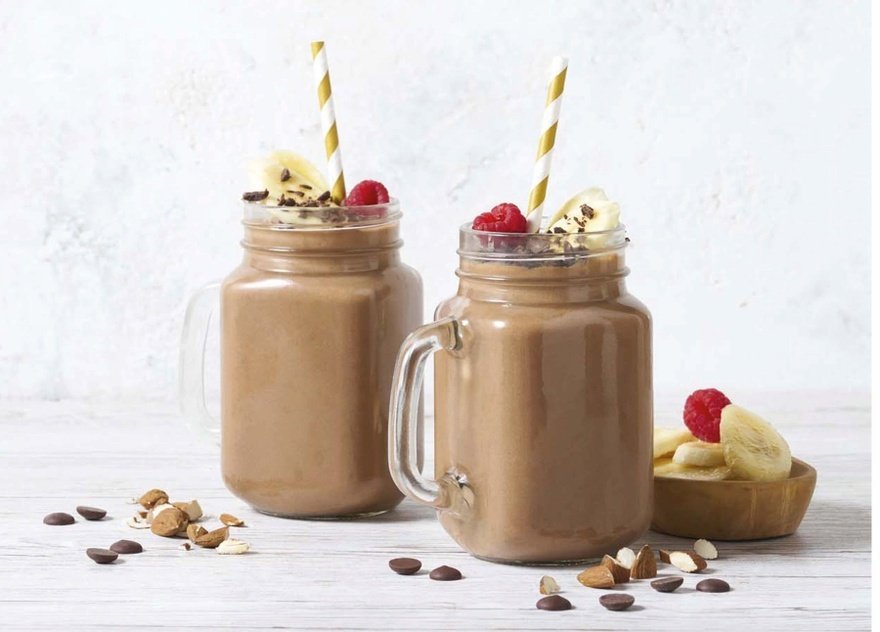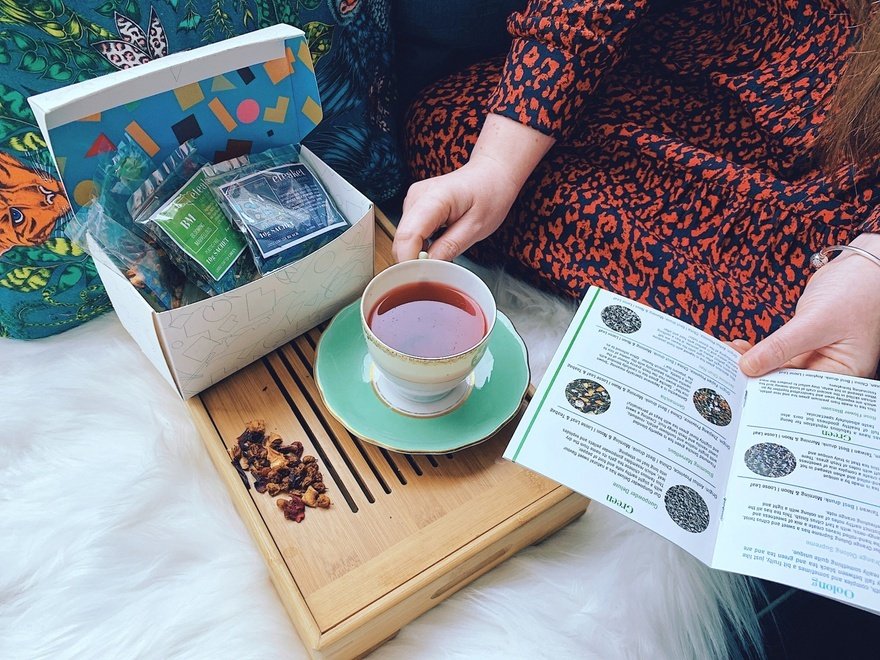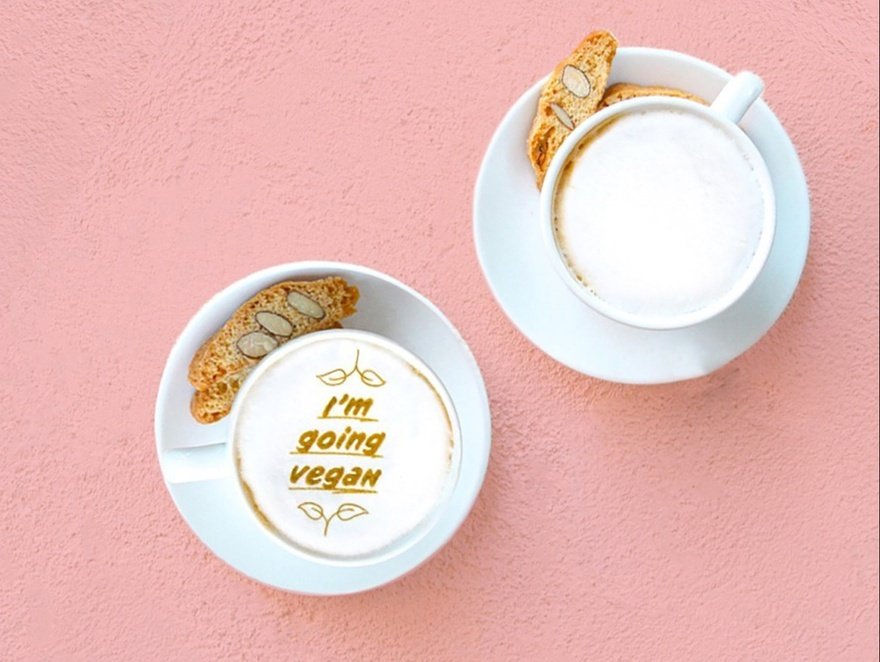Coffee in bags are, the manufacturers maintain, a groundbreaking invention in a saturated market and one that brings quality coffee to the masses. Ian Boughton takes a look at what's on offer
The tea and coffee sectors do not stand still. Every year, without fail, there are new ideas in beverages and useful developments in brewing technology.
There is a marketing theory about ‘a product whose time has come' – that is, an idea which didn't work before but may do so now if the market is ready for it. And this year, that product may be coffee bags.
Big brands have brought their own versions of the bags out, which are similar to teabags, claiming them to be a new idea: Nestlé calls its Azera coffee bag ‘a significant new coffee invention, as game-changing as the teabag', and Taylors of Harrogate calls it ‘a genius invention' and asks ‘why didn't we think of it before?'
Well, many people have: "We were doing this well before the others!" says Marco Olmi, managing director at Drury Tea & Coffee. "We've had great success with bags for in-bedroom service.
"A coffee bag, presented nicely on a tray, is the best low-cost option, and our best uptake has been from good-quality B&Bs and country house hotels. We use a very nice Rainforest Alliance coffee, and we now get calls directly from hotel guests, asking where they can buy the bags – this is a product with a future."
It certainly is, says Scott Russell of Paddy & Scott's, which launched its brew bags as "a revolutionary, cost-effective and mess-free alternative to the misery of low-grade instant coffee". The product immediately drew positive feedback from hoteliers, said the company.
Contract roaster Lincoln & York, which is anonymously behind the coffee of many big brands, says the same: "Coffee bag business is growing at 40%, so the opportunities are ripe," says commercial director Karen Yates-Hills. "Creating a good bag has its fair share of challenges: extracting flavour through the paper is difficult, so we had to produce specific blends and roast profiles that would create enough flavour without making the bag bigger than the cup. We now get the right flavour from such a small amount of coffee in the bag; the quality of the speciality coffee used remains high."
Coffee in bag form is good enough to win a Great Taste Award, says Jeanne Day of the Real Coffee Bag Company, whose bag is the only one to have achieved the feat.
"Bags can be made from a variety of substances – each material has its own attributes, and the ones we use are specifically designed for ‘decocting', or brewing from within the bag. The flavour you get from our coffee bag is the same as putting the coffee into an open filter or percolator, and no taste from the material is transferred to the coffee."
Although all these brands deride instant coffee in hotel rooms, one well-regarded British brand has boldly gone against the flow.
The Notes coffee house chain and roastery says it has produced the first speciality-grade instant coffee in the UK. Notes has worked with Voilà, an American roaster, whose founder had a lightbulb moment when he realised that ‘great coffee' is only offered to coffee fanatics, but not to the general public, who can't be bothered to spend time carefully brewing ground coffee. He says that "someone who's never had speciality coffee can now start".
Freshly frozen
This question of bringing excellent coffee in different forms is behind the idea of the Cafitesse liquid roast by Jacobs Douwe Egberts. It is useful to ‘non-specialist' outlets, explains marketing manager Martyn Bell: "Foodservice outlets and high-end cafés both share a desire to satisfy the consumer, but a coffee shop lives or dies on the expertise of its staff, while workplace or hotel catering have other priorities.
"They would love to offer the same experience as coffee shops, but with the very best intentions, coffee is rarely central to their business offer. The major benefit of liquid roast is that it can lift the quality of the coffee in the foodservice and catering occasions where coffee isn't necessarily given the care it deserves.
"We roast in the same way we would for roast and ground coffee, brew it in optimal conditions, and then it's flash-frozen. It's very much the same as frozen peas or prawns, where they are frozen immediately after harvest to bring high-quality produce to the market in a convenient format. Any operational difficulty at point of production is obviated – every coffee can be quickly dispatched, and the last coffee in a service is as good as the first."
The coffee is distributed frozen and the operator defrosts it for 48 hours before using it in the Cafitesse coffee machine. Bell continues: "One of the unique benefits of Cafitesse liquid roast is consistency in flavour. We recently reviewed our blend portfolio, and adjusted it to fit preferences in the UK, where medium and dark roasts tend to be preferred because they offer strong coffeecharacter for functional black coffees in the morning, and can cut through milk well for cappuccinos and lattes in the afternoon.
"We have three medium blends and two dark, and we ran a trial to understand the likes of blends in Germany and the Netherlands – that's not a direct parallel with the UK, but the preference we drew over other brands gave us the confidence that our blends are well-liked."
Strength in numbers
Another coffee which is not usually approved by the purists is robusta, which provides the punch in espresso and is a major ingredient of instant coffee. Now, say two roasters, top-class robusta, with a caffeine content way above what is usually served in high-street cafés, is winning a following of its own. The problem they face is that some all-robusta brands use deliberately provocative names, reminiscent of the Hell's Angels, which tends to put the general catering trade off.
"Our coffee lends well to every brewing method we have tried," says Alex Pickering, founder of the Throat Punch brand from Edinburgh. "It's not a coffee you would want to drink all day, because it is seriously strong – but strength is not its only feature. Some allrobusta brands are marketed just as ‘strong coffees' and put zero emphasis on taste, but we offer high-caffeine beans that taste good."
One of the first all-robusta brands was Black Sheep. "The production of speciality-grade robusta coffee is growing in India, Africa and Brazil," points out founder Gabriel Shohet.
"Robusta Revival is our house espresso and it embodies the perfect espresso for many – it is full-bodied, has flavour notes of walnuts and chocolate, and punches through the milk. It's lower in acidity and lighter on your stomach when you drink it in the morning, and we say it works well with eight different types of milk and milk alternatives – I think this is the broadest offering available anywhere."
Bean bags
There have been big moves in coffee packaging this summer. One of the simplest but most effective is by Stokes Tea & Coffee in Lincoln, which now supplies roasted coffee to catering clients in buckets. This roaster is using 2kg and 4kg buckets, which are sealed with kraft paper and solvent-free tape. It will collect empty buckets and prepare them for re-use and early research has found that catering clients approve of the idea.
In the capsule sector, both Lavazza and Lost Sheep have introduced compostable versions of their capsules. Lavazza's Eco Caps are in two forms, to suit its own A Modo Mio machines and Nespresso machines, and the brand says that its ‘aroma safe' process keeps the coffee fresh for an 18-month shelf life.
Lost Sheep Coffee has launched a capsule made from wood bark, which founder Stuart Wilson says is the first and only air-tight Nespresso-compatible coffee capsule in the world. Until recently, he says, compostable capsules had a very short freshness life; their new one stays fresh for a year.
Tea companies are also looking at packaging. Shibui Leaf Tea remarks that many teabag wrappers involve a plastic liner, and it has now turned to Natureflex, which is compostable and can be recycled with food waste.
"These are proving very popular," says the company's founder John Mellor. "Most of our competitors still use plastic in some way, but offering plastic-free tea bags to caterers will now be very important for suppliers."
Agreement comes from nearby in Scotland, Eteaket, which has formed a Plastic-Free Tea Club. "Our bags have been plastic-free since 2008," says founder Erica Moore. "They are made from corn starch and never from nylon; our inner bag is plastic-free Natureflex wood pulp and our cartons are recyclable."
Spilt milk
A curious aspect of the coffee trade's recent ‘packaging' work identifies the most-wasted item in the business as milk, and the answer may bring an end to plastic milk bottles.
"There is a statistic that 8% of the milk that beverage caterers buy is wasted, and in an exercise with a high-street chain, the figure was 10%," says Angus McKenzie of the Brew-It Group. "This is largely down to staff pouring more milk than they actually need and throwing away what is left. Some big cafés have told me it's a huge problem; one retail department store chain refers to thousands of pounds wasted in milk."
It is suggested that an average busy café uses 50 litres of milk a day, and a really busy site uses 100 litres. And this milk is mostly supplied in two-litre plastic bottles. The proposed answer is Milkit, which is supplied in ‘pergals' of around 14 litres. The package sits beneath the counter with tubing bringing the milk up to the dispense point. The operator can set the delivery to the exact amount required in the jug.
The pergals require a quarter of the plastic used per litre in conventional bottles, and thus reduce plastic waste. The newest versions are made in stainless steel to resemble old-fashioned milk churns, and are also re-usable.
"There is already a working model of this in cafés; the payback is in improved workflow, in the saving of waste from overdispensing milk and spillage, and the reduced cost of rubbish collection. The ultimate aim is that you dispense your milk into the jug, foam your milk, pour your jugful into the cup... and there is no unused milk left in the jug."
Foam party
There has been a big advance in the area of latte art, which is the drawing of pictures on coffee froth. Traditionally, this is a pouring skill, for which there is a world championship, but in these high-tech days there are now digital ways of producing more complex toppings. The new Ripples system has already been tried in America, where it claims to have achieved vast popularity through use on both coffee and cocktails, and even on Guinness.
It uses a WiFi desktop printer, which sits behind the counter and which holds a collection of standard designs. Customers can select one or transmit text or images, such as a selfie, to the printer from their phones. The barista places a coffee under the printer, which prints the image using an ‘ink' of coffee extract.
One American café claims to be doing 2,000 such coffees a month for an extra dollar a cup.
The hottest thing on your menu
Ferrero Foodservice claims that its Thorntons Luxury Hot Chocolate Powder "will raise the standard for powdered hot chocolate out-of-home", arguing that there is a disparity between what customers want from hot chocolate and what the hospitality trade offers. It says that only 8% of hotel guests enjoyed the hot chocolate they were served, whereas restaurants and coffee shops hit a 63% approval rating. And yet, says Ferrero, hot chocolate is the single biggest-growing sector in hot beverages.
Chocolate supplier Barry Callebaut says much the same. The brand has created an ‘easy-to-serve' range, saying that eight out of 10 consumers ‘expect' a chocolate drink to be luxurious and expertly crafted, and pointing out that this presents a real opportunity for putting a premium hot chocolate on the menu. Further, adds Callebaut, 50% of customers surveyed said they could not live a day without chocolate!
Suppliers
- Barry Callebaut www.Fortheloveofchoc.com/hotchoc
- Black Sheep Coffee www.LeaveTheHerdBehind.com
- Brew-It www.brew-it-group.co.uk
- Café du Monde www.cafedumonde.co.uk
- Drury Tea & Coffee www.drurycoffee.com
- Eteaket www.eteaket.co.uk
- Ferrero Foodservice www.ferrerofoodservice.com/uk/en
- Jacobs Douwe Egberts www.jacobsdouweegbertsprofessional.co.uk
- Lavazza www.lavazza.co.uk
- Lincoln & York www.lincolnandyork.com
- Lost Sheep www.lostsheepcoffee.com
- Nestlé Azera www.nestleprofessional.co.uk
- Notes www.notescoffee.com
- Paddy & Scotts www.paddyandscotts.co.uk
- Real Coffee Bag Company www.realcoffeebagco.com
- Ripples www.drinkripples.com
- Shibui www.shibui-tea.co.uk
- Stokes of Lincoln www.stokes-coffee.co.uk
- Taylors of Harrogate www.taylorsoutofhome.co.uk
- Throat Punch www.throatpunch.coffee
Continue reading
You need to create an account to read this article. It's free and only requires a few basic details.
Already subscribed? Log In














